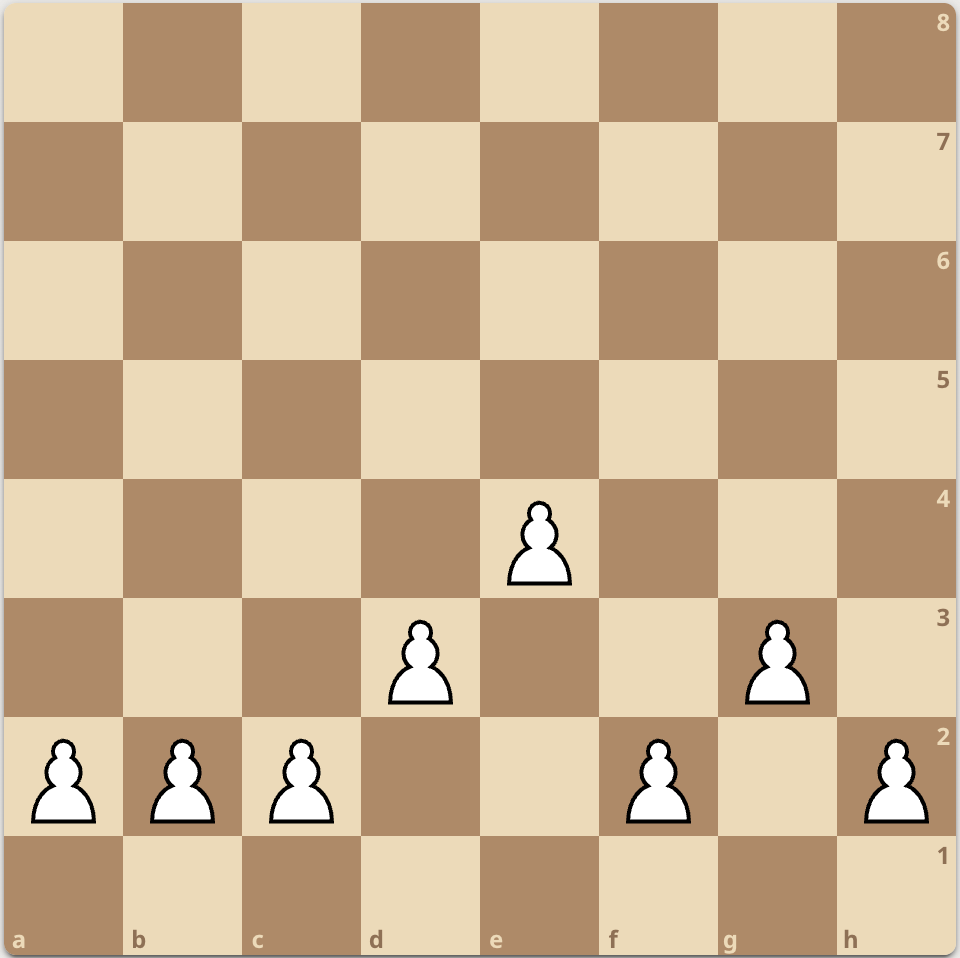Some strong chess players are adept at memorizing positions. For example, they can recreate the exact position of a crucial moment from a game played yesterday by re-placing the pieces after clearing the board.
The number of pieces of information a human can instantly recall is generally considered to be around 4±1. However, in complex chess positions, the number of pieces is clearly greater than this. So, how do people who can recreate positions manage to memorize them?
While some individuals might possess exceptional memory or a photographic memory that allows them to recall what they've seen, such cases are quite rare. Generally, recreating complex positions involves techniques that reduce the amount of information that needs to be memorized, often by utilizing pattern recognition. This means that with training, even those without superior memory can achieve similar feats using memory techniques.
Let's consider this specifically from the perspective of pattern recognition. How would you memorize a pawn structure like the one below?

It would be cumbersome to memorize it as "pawns are on a2, b2, c2, d3, e4, f2, g3, h2." However, players who frequently use the King's Indian Defense/Attack as an opening might recognize this pawn structure. They would realize that this is a typical pawn structure reached in a King's Indian setup.
Memorizing pawn structures as a single "chunk" like this significantly reduces the amount of information that needs to be stored. Similarly, remembering something like "it's a Sicilian Defense, Dragon Variation, but the knight's position is unusual" is also effective.
Recognizing information in such chunks is called "chunking." When memorizing positions, it is effective to train your pattern recognition ability by utilizing chunking.